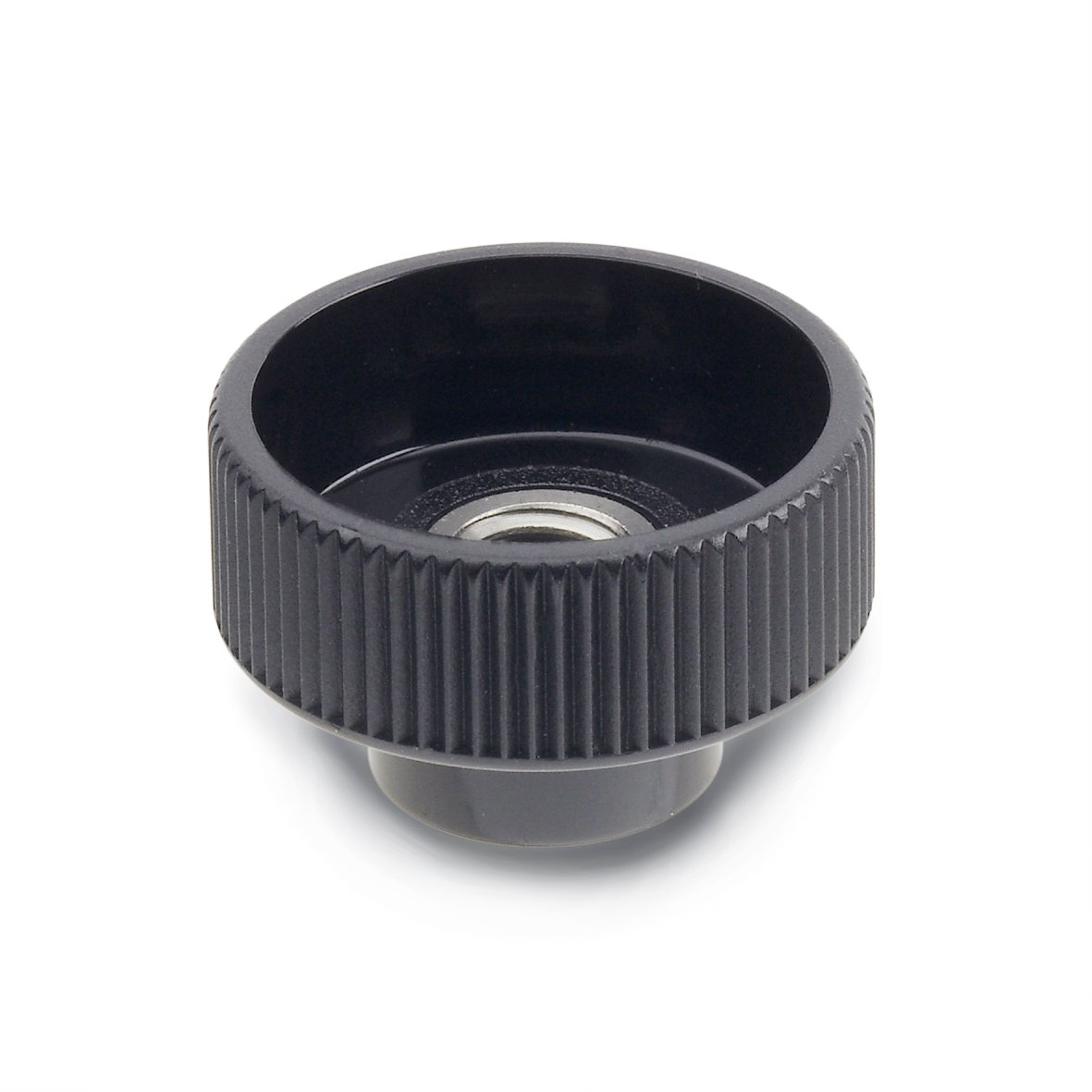The weekend is over, I've finished my OW student and I'm able to put my thoughts down here on SB about my Scuba Force SF2 class with Tom McCarthy.
The first day was fun, relaxing and yet a bit troubling. I drove up from Key Largo to Tom's parent's house in Pompano. Getting out of the door was a bit chaotic, and I had to double back for my laptop. The directions were clear, the traffic was tolerable and I was stoked when I got there.
@Tmccar1 had already clued me in that this was going to be a gear and class day, so I was mentally prepared for it, or so I had thought. After all, I had read the English translation of their German manual twice and I had read both their translation of the Petrel 2 manual as well as the
DiveCAN manual I found on Shearwater's site. As previously noted, I had already assembled my SF2 and was eager to get Tom's input.
The first order of business was for Tom to pull my rebreather apart and test everything. Everything. He carefully explained things as he went along, being sure to clue me in on the workings of the four isolators. Somehow, I had gotten everything assembled correctly, including the dil and oxy tanks on the correct sides. He even liked the M8 x 1.25 knurled knob I had gotten to replace the boring wing nut that comes with the unit. Instead of bringing the teacher an apple, I brought him one for his SF2



I'm a gear head, first and last, so it was no problem for me to pay close attention to everything uttered by Tom. It's obvious that he really understands this unit and every feature completely. So then, we proceeded to scrubber packing, unit assembly and testing. Tom not only teaches you how to do this, but why you should do it in a particular manner. I believe in having printed checklists for rebreathers and the manual didn't have one. Fortunately, Tom had a great one prepared for me. I had already started developing one in my head, but this one was far better and followed in a logically progressive manner. I won't have to reinvent the wheel here!
After an excellent lunch, Tom really blew my mind.
During the afternoon, Tom did his level best to baffle me with various scenarios and dry drills. I had been trained on a rEvo and a GEM, neither of which were an eCCR. Consequently, I really had to expand my mind to encompass the additional failure possibilities I could encounter as well as to meet Toms high expectations. He hit me with hypercapnia, hyperoxia, hypoxia and boom drills. As soon as I thought I had it, Tom added another wrinkle. I thought I understood what the isolators were for, but by the end of the afternoon, I KNEW what they were for. It was the most intense session I've ever had. It would be eclipsed over the next few days, but up to that point it held the superlative.
Don't misunderstand... this was not a hazing. When I didn't understand something, Tom methodically and patiently explained it in a way that most anyone could understand or he lead me through a discovery. That didn't stop him from being relentless and keeping me on my toes. I really liked the discovery method and am glad that it was continued through the class. It's one thing to be fed an answer. It's far better to figure some of it out on your own. To be frank, there were some parts that I should have known, being a CCR diver. I just don't think it was covered in my previous class. In fact, I'm pretty sure of it. That was the troubling part of the day. Importantly, I know it now and I have Tom to thank for that. Troubles be gone!
That evening I was treated to an awesome dinner and then Tom and I did the classwork and Power Points in the living room. We checked the weather, and the seas didn't seem appealing in Pompano or the Keys. It was decided that we would scoot up to Blue Grotto in the morning to continue the diving portion of this crossover. I was exhausted and slept well. It was a great day.






